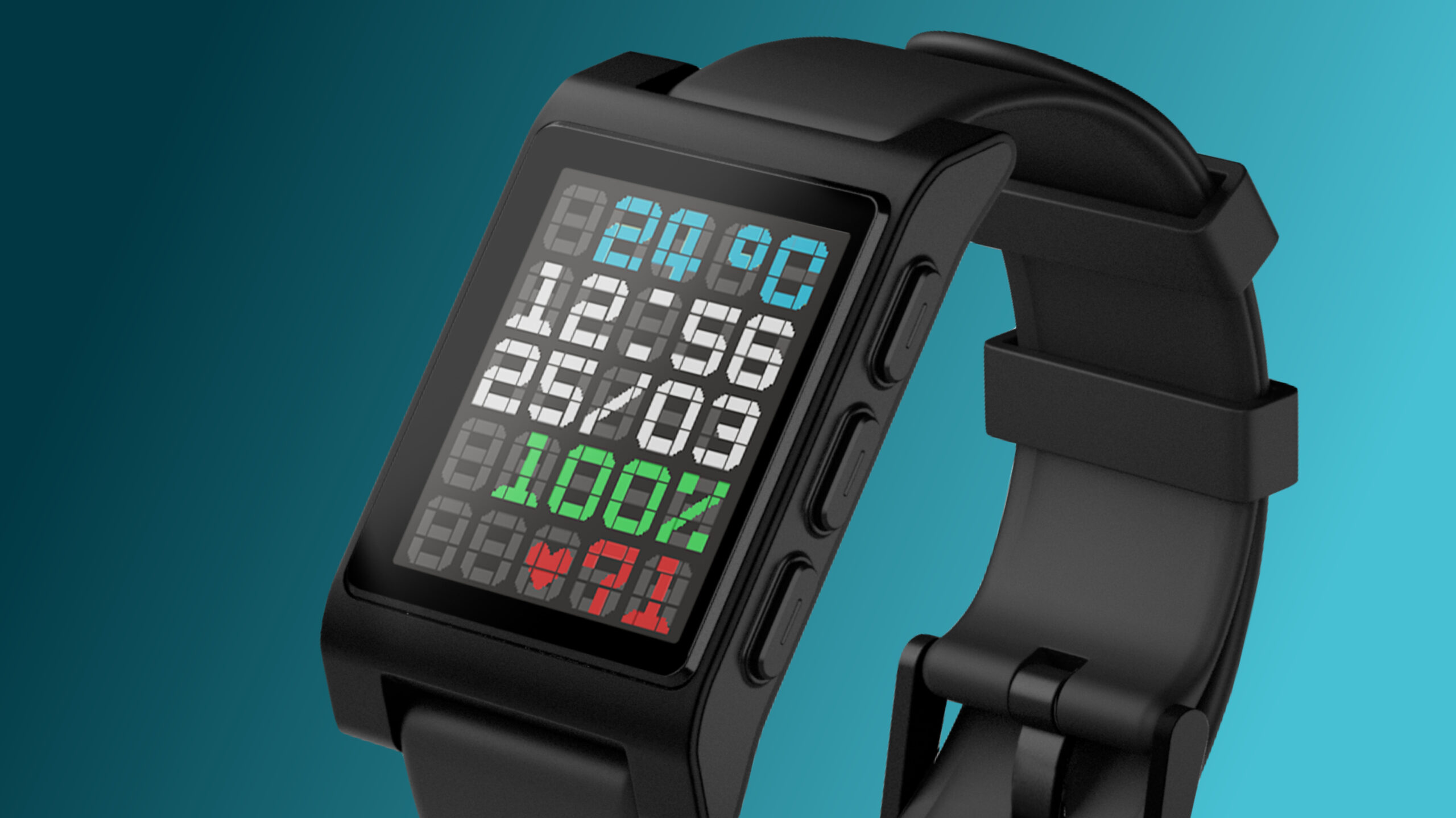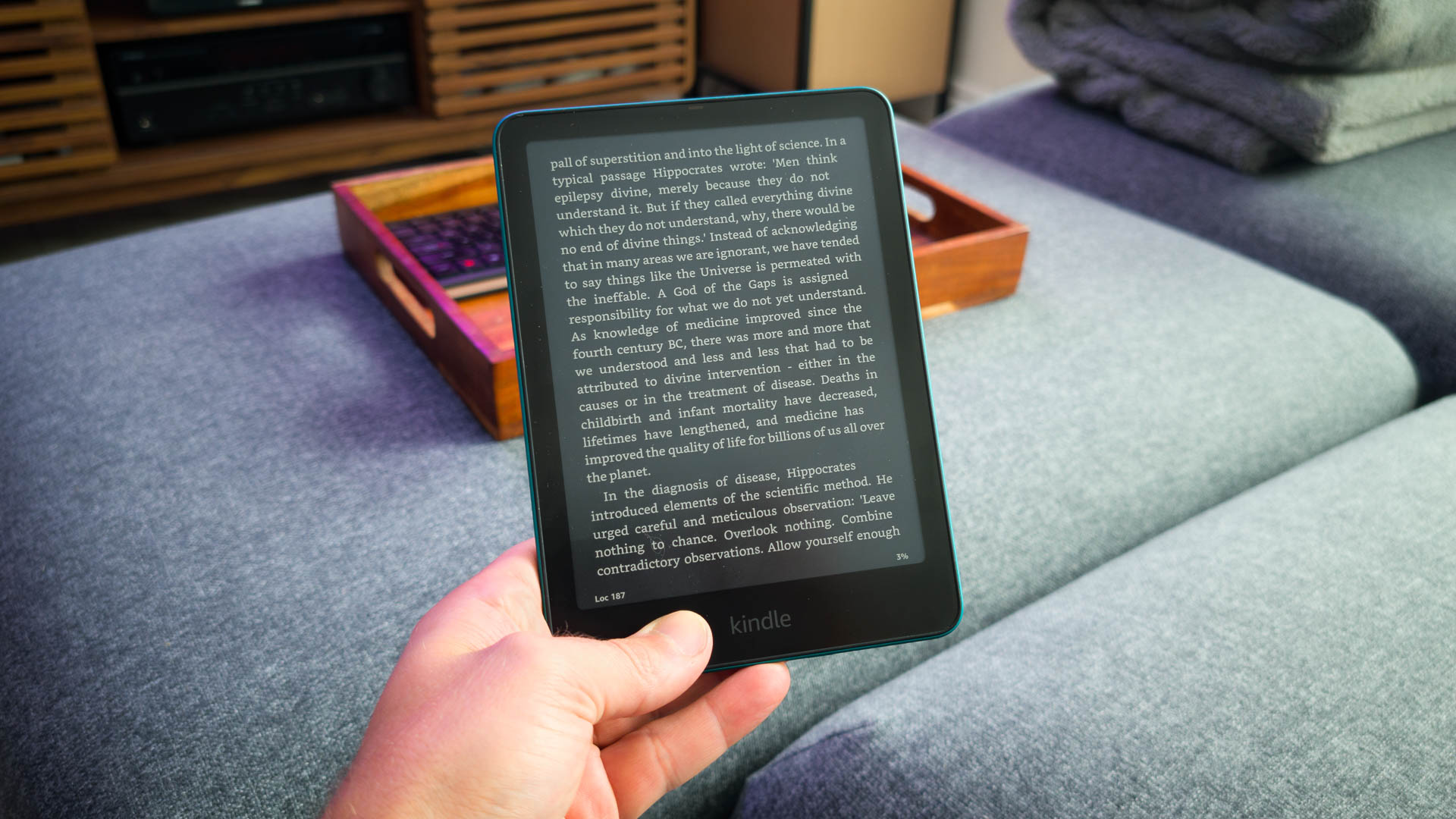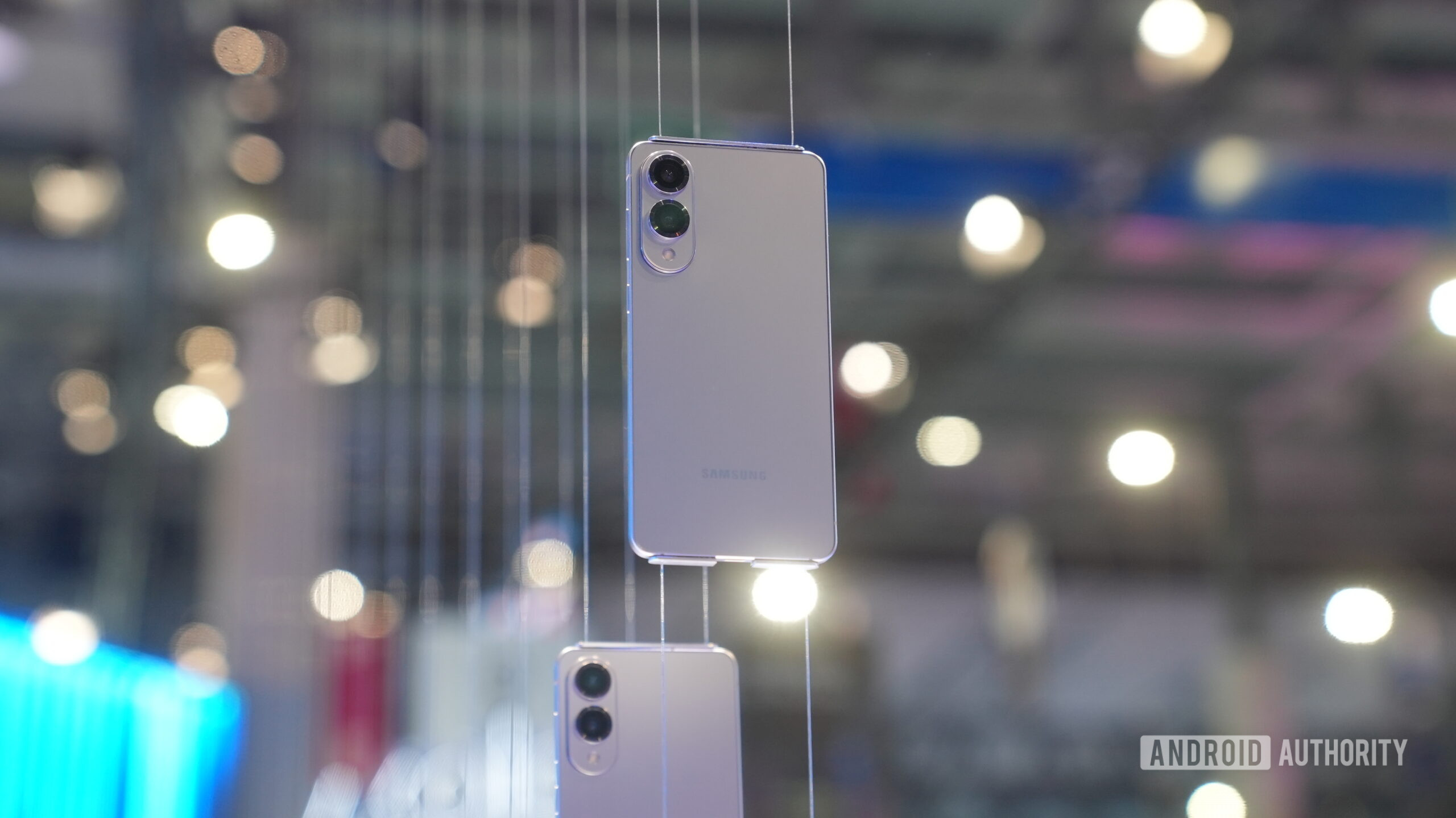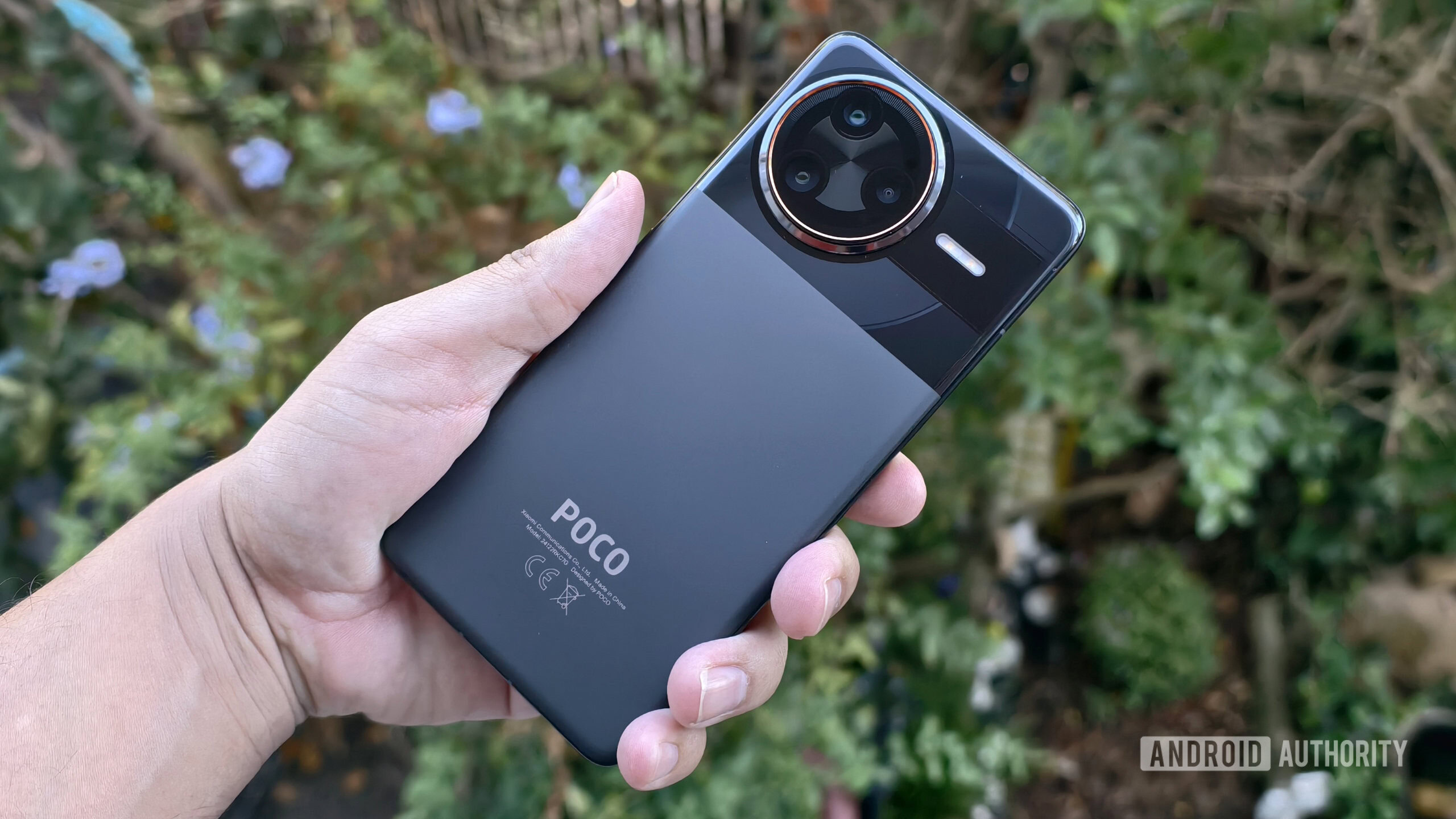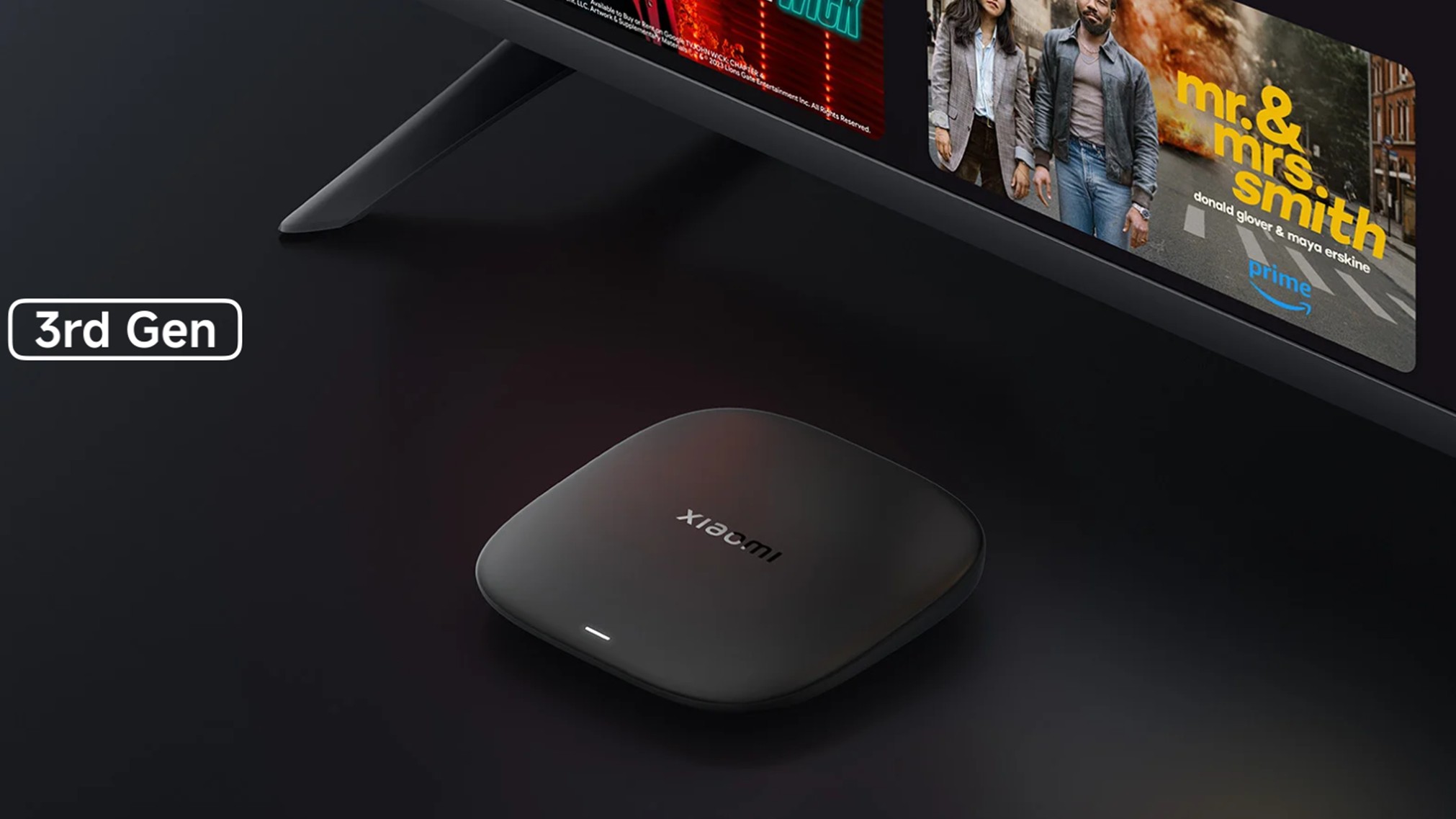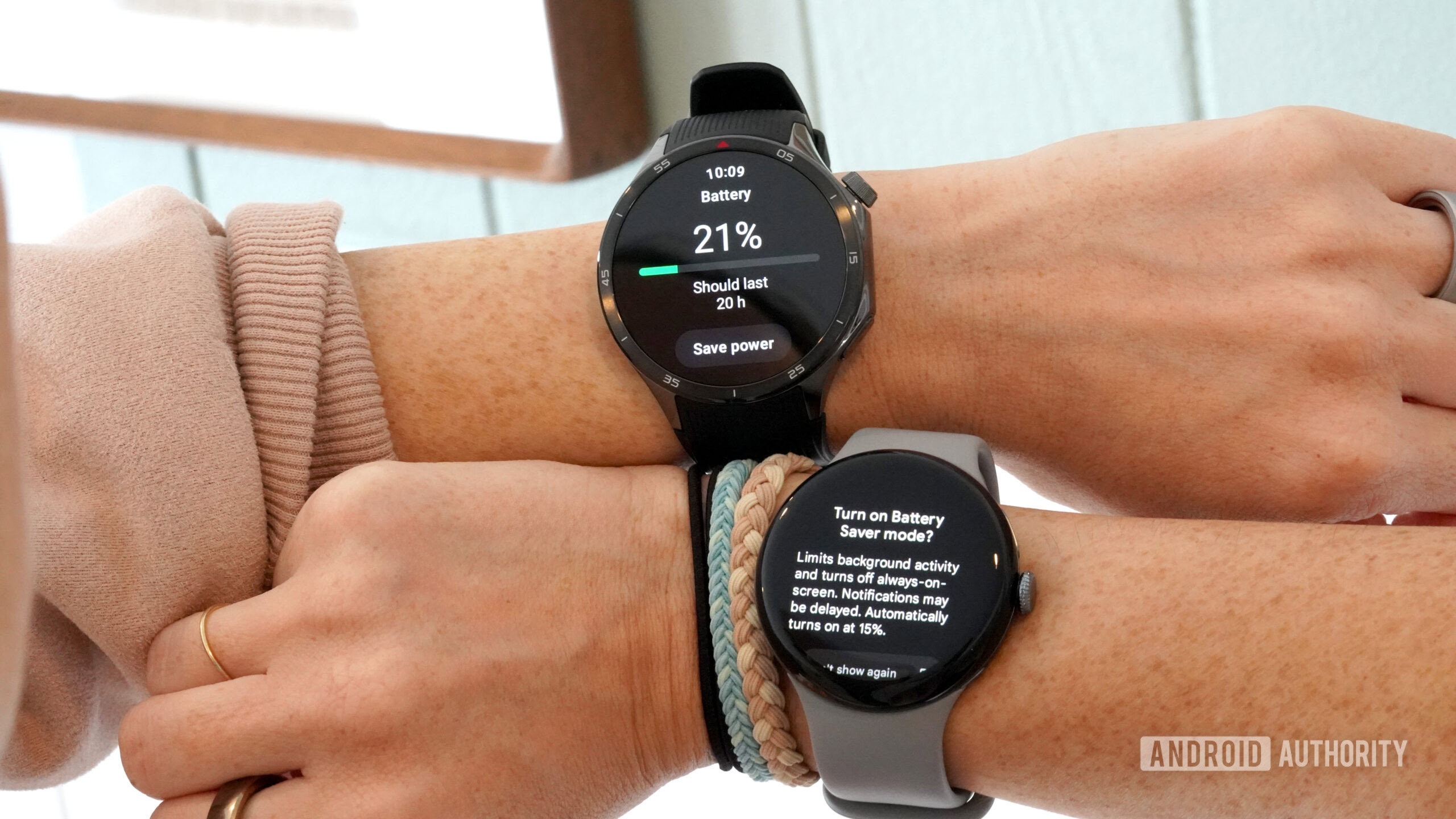Affiliate links on Android Authority may earn us a commission. Learn more.
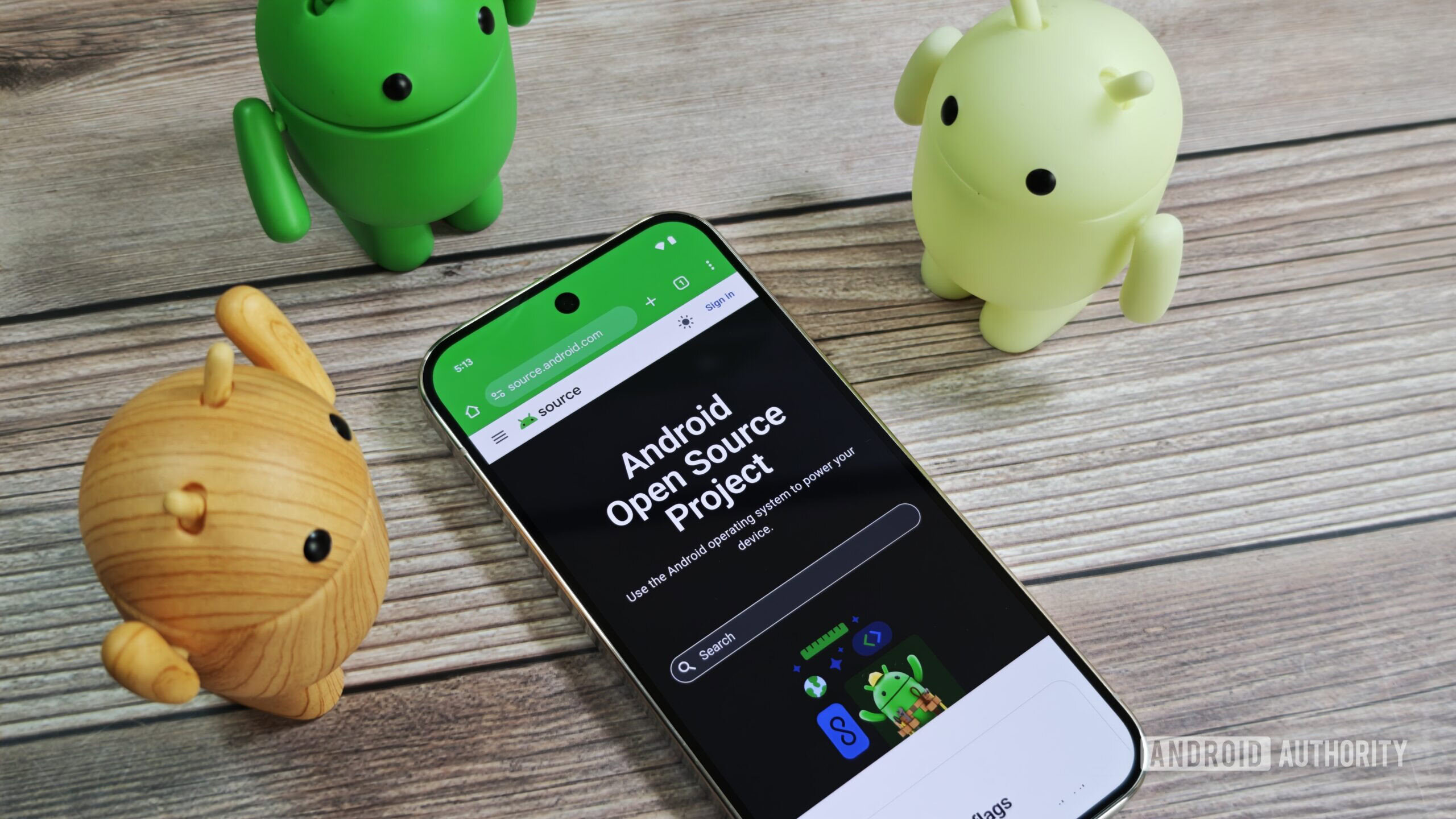
News
Exclusive: Google will develop the Android OS fully in private, and here’s why
0
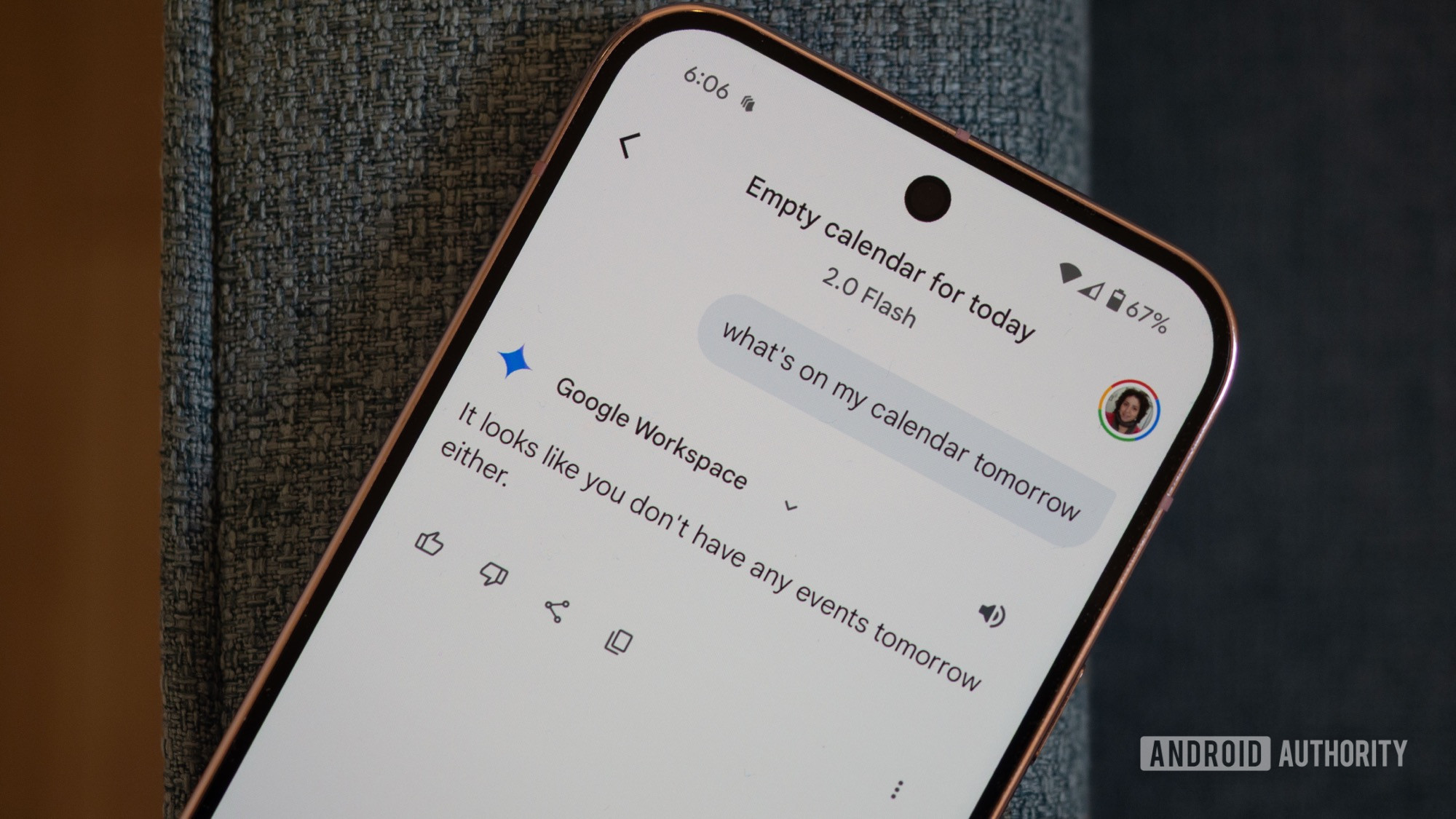
Features
This dumb Gemini limitation makes me want to switch back to Google Assistant
0
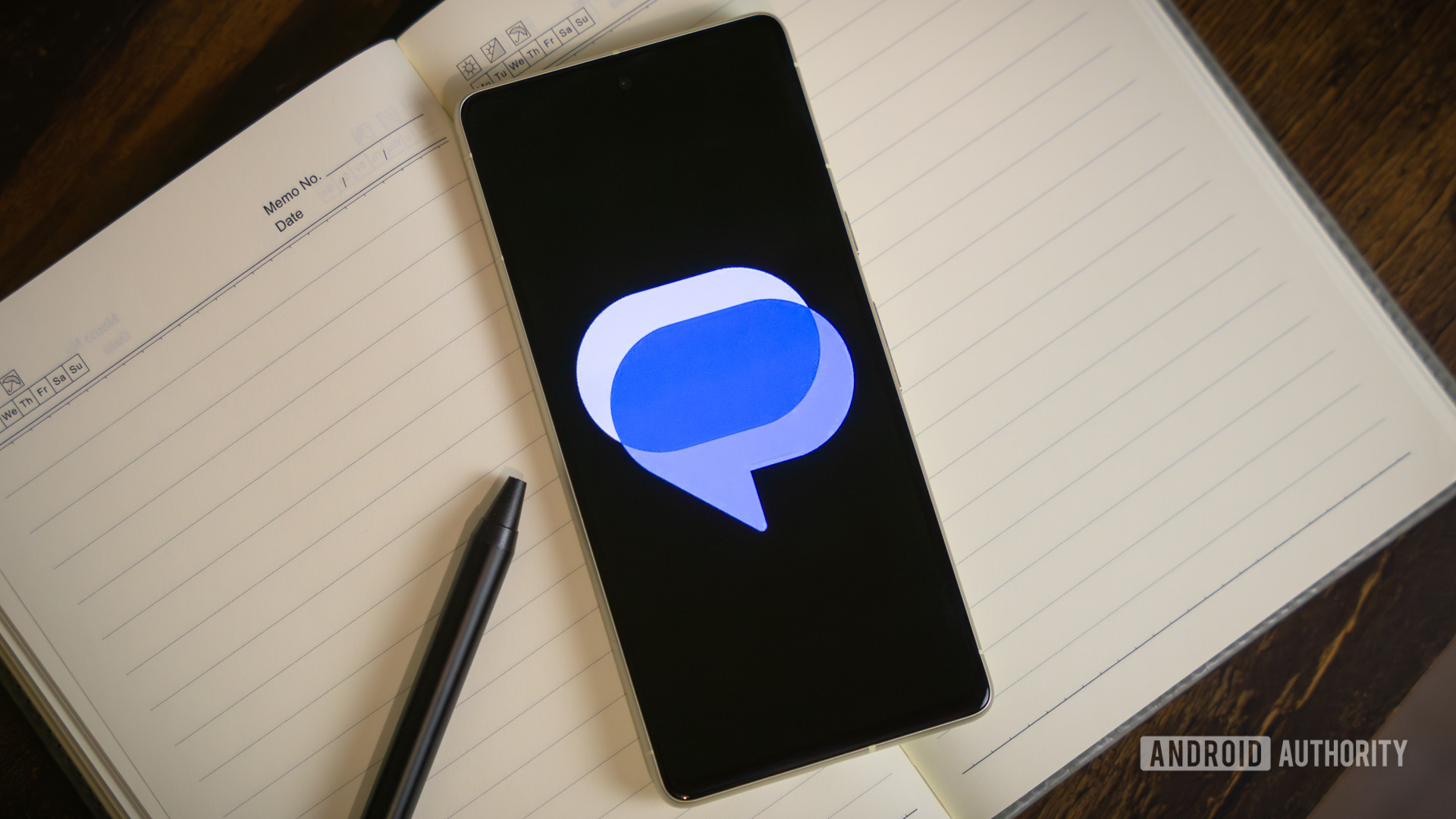
News
Google Messages now lets emoji trigger Screen Effects animations (Updated)
0
Top stories
Latest poll
Pixel 9a: Hot or Not?
1903 votes
In case you missed it
More news
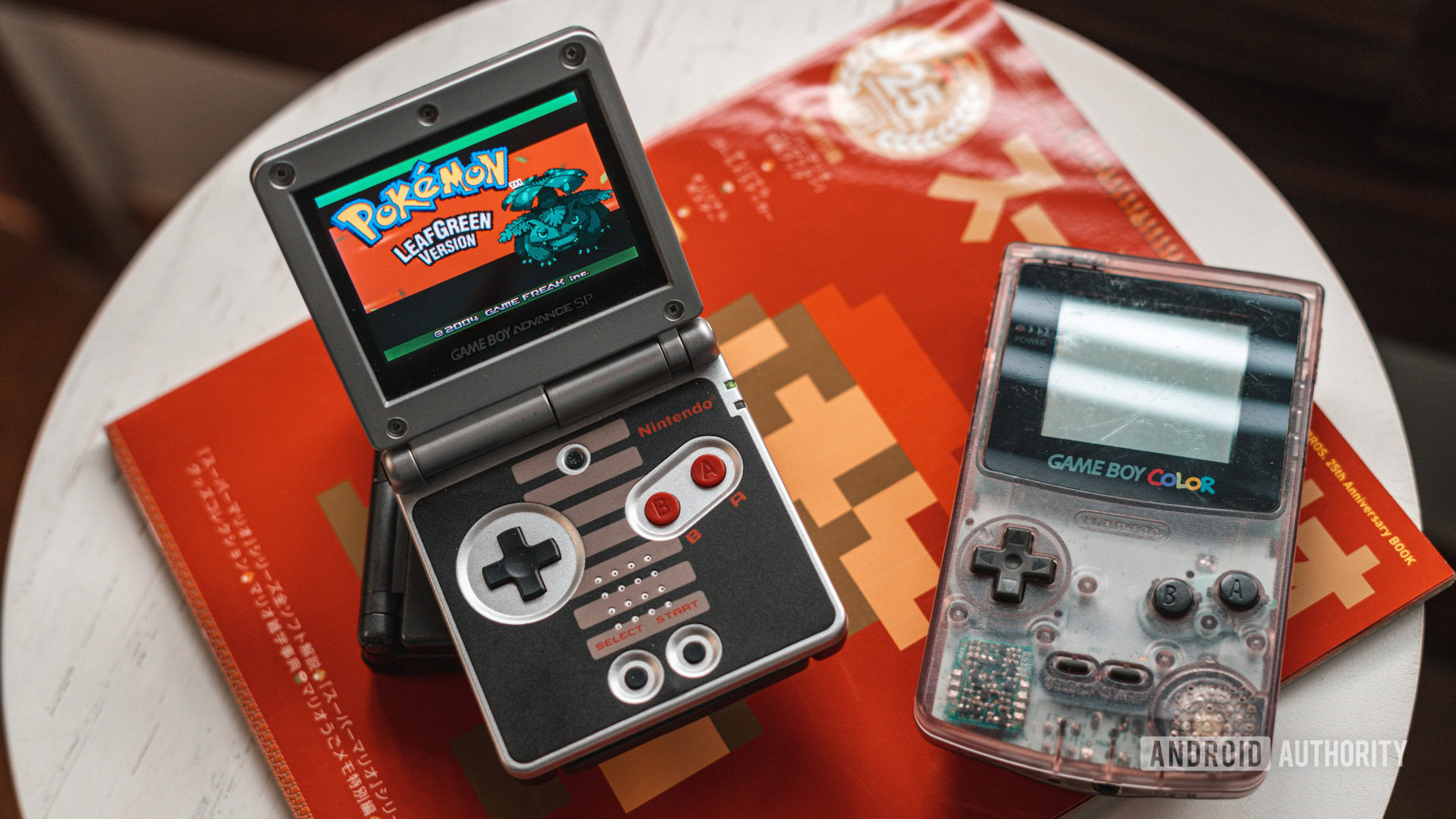
Ben PriceMarch 26, 2025
0
The best Game Boy Advance emulators for iOS
5 best SEGA Mega Drive, and SEGA CD, and SEGA Genesis emulators for Android
Joe HindyMarch 26, 2025
0
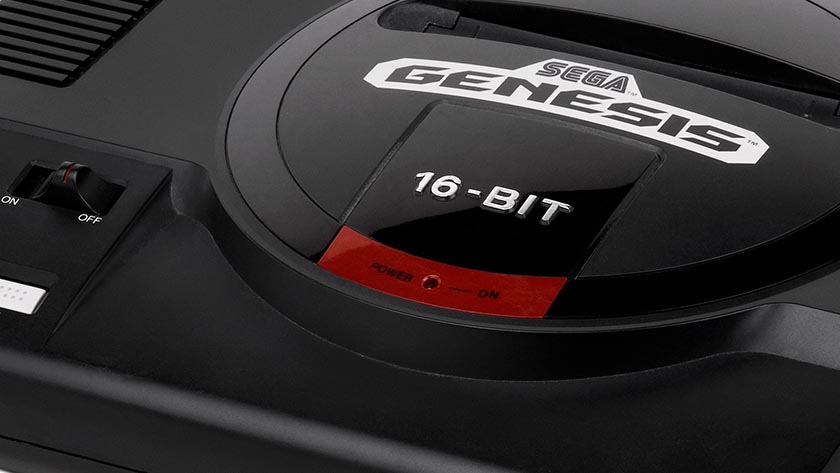
The best terminal emulators for Android
Joe HindyMarch 24, 2025
0
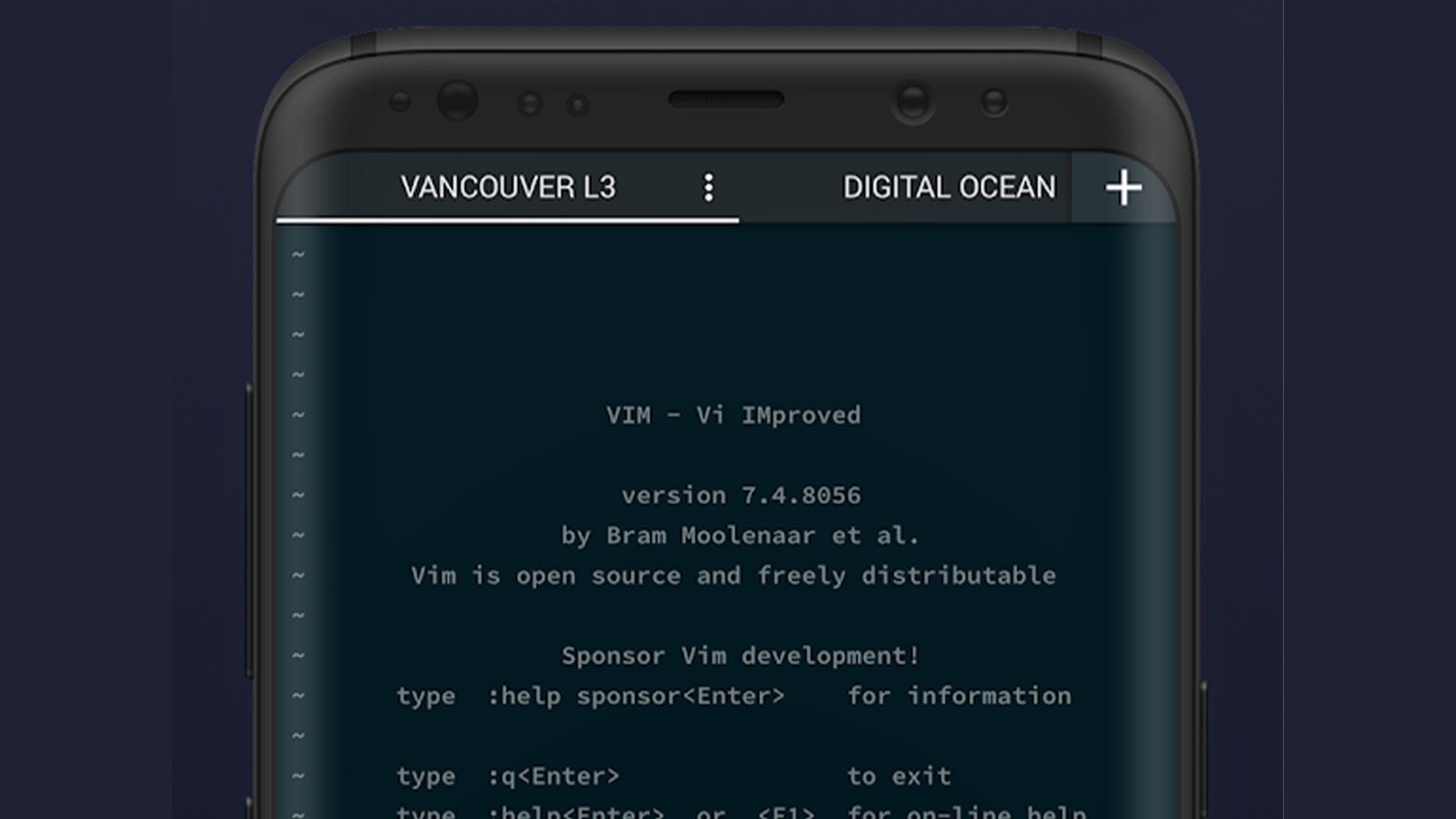
These are the apps I can’t live without when traveling
Mitja RutnikMarch 22, 2025
0
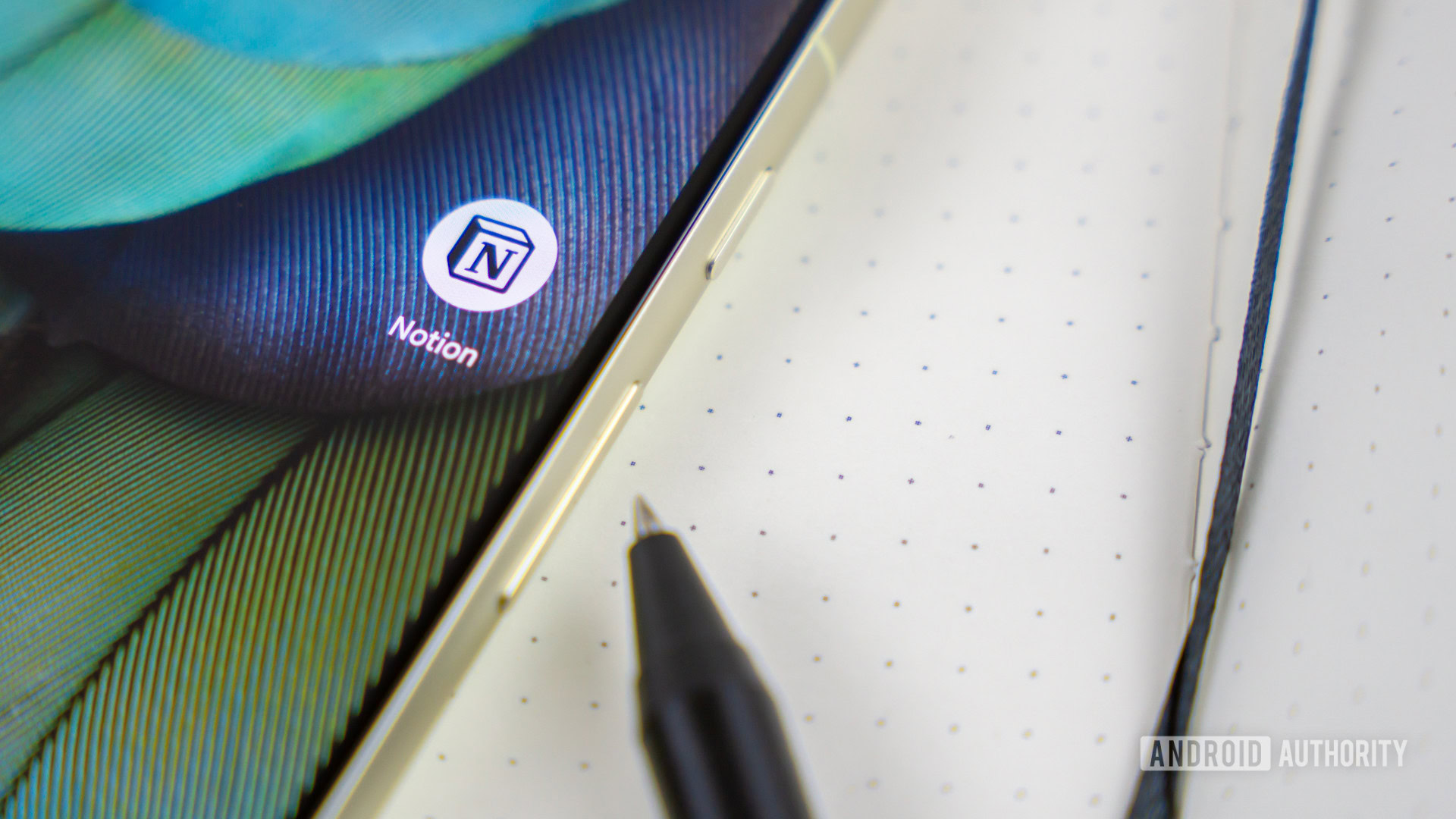
Google TV Streamer problems and how to fix them
Andrew GrushMarch 19, 2025
0
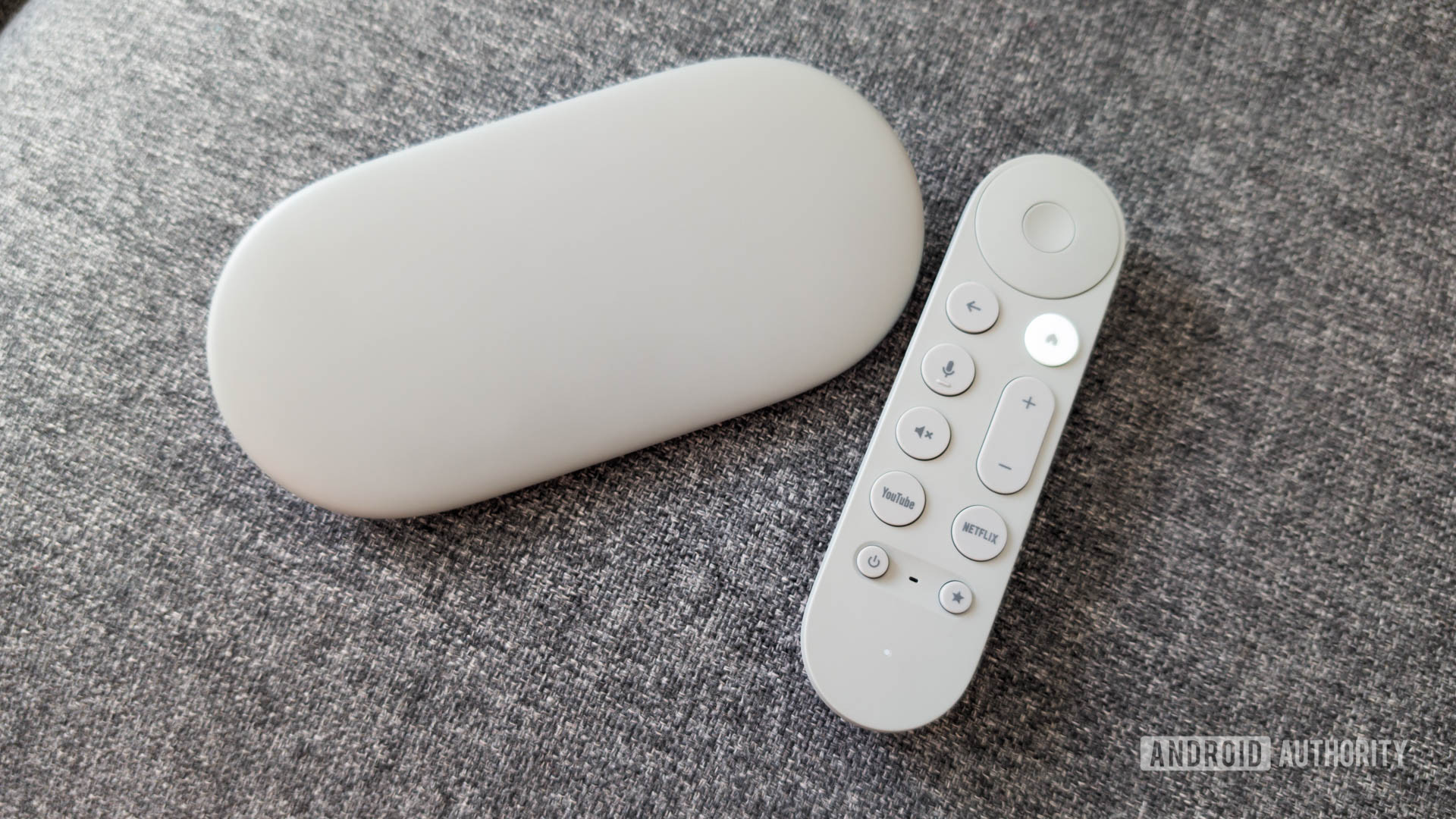
T-Mobile slapped with $33 million bill for a SIM swap it didn't stop
Rushil Agrawal10 hours ago
0
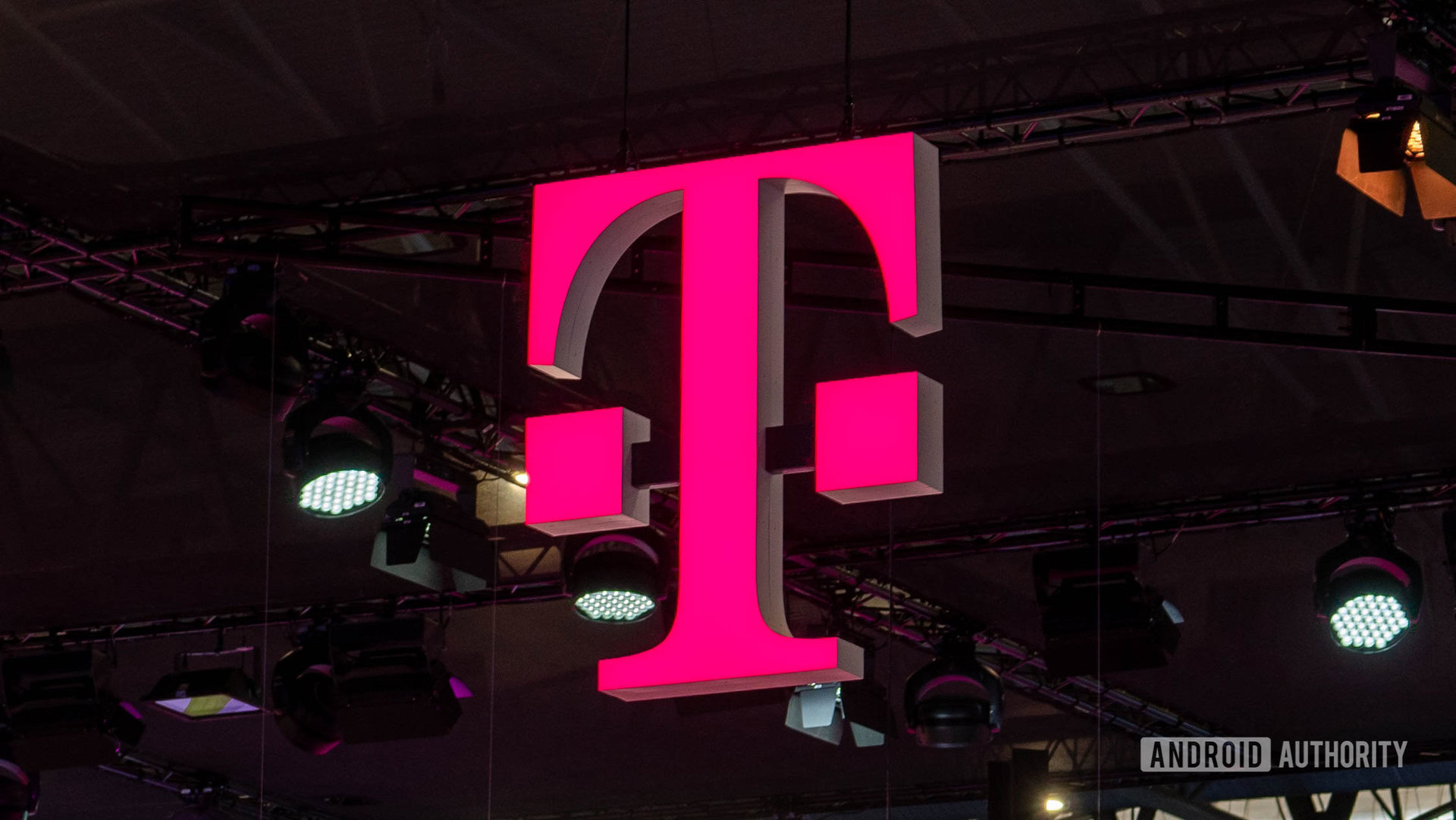
Android OS development is going fully private, but Google still wants help from other developers
Mishaal Rahman10 hours ago
0

Gemini hackers are using its own tools against it
Matt Horne11 hours ago
0
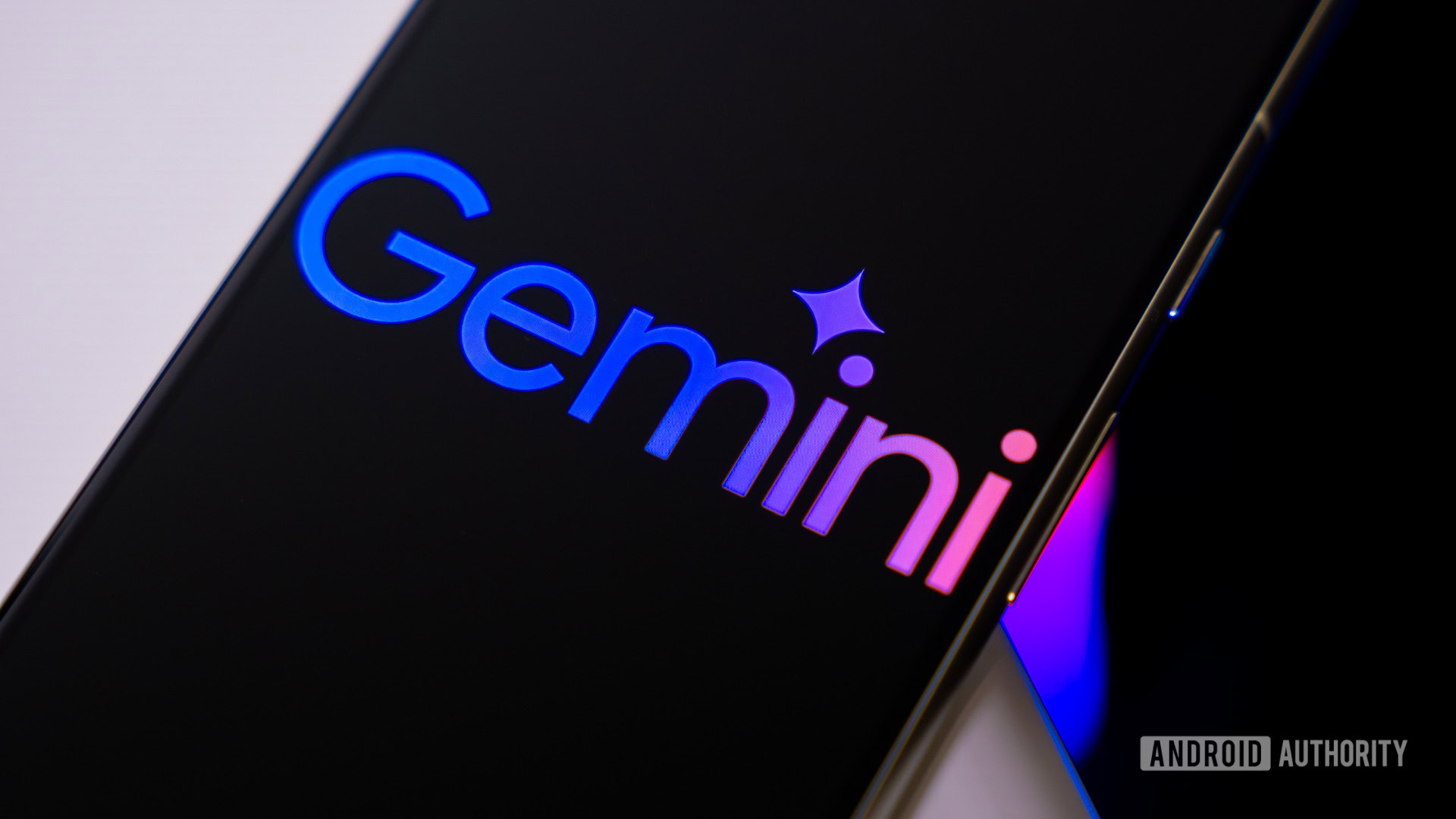
Apple's foldable iPhone could have this in common with the iPad
Ryan McNeal11 hours ago
0
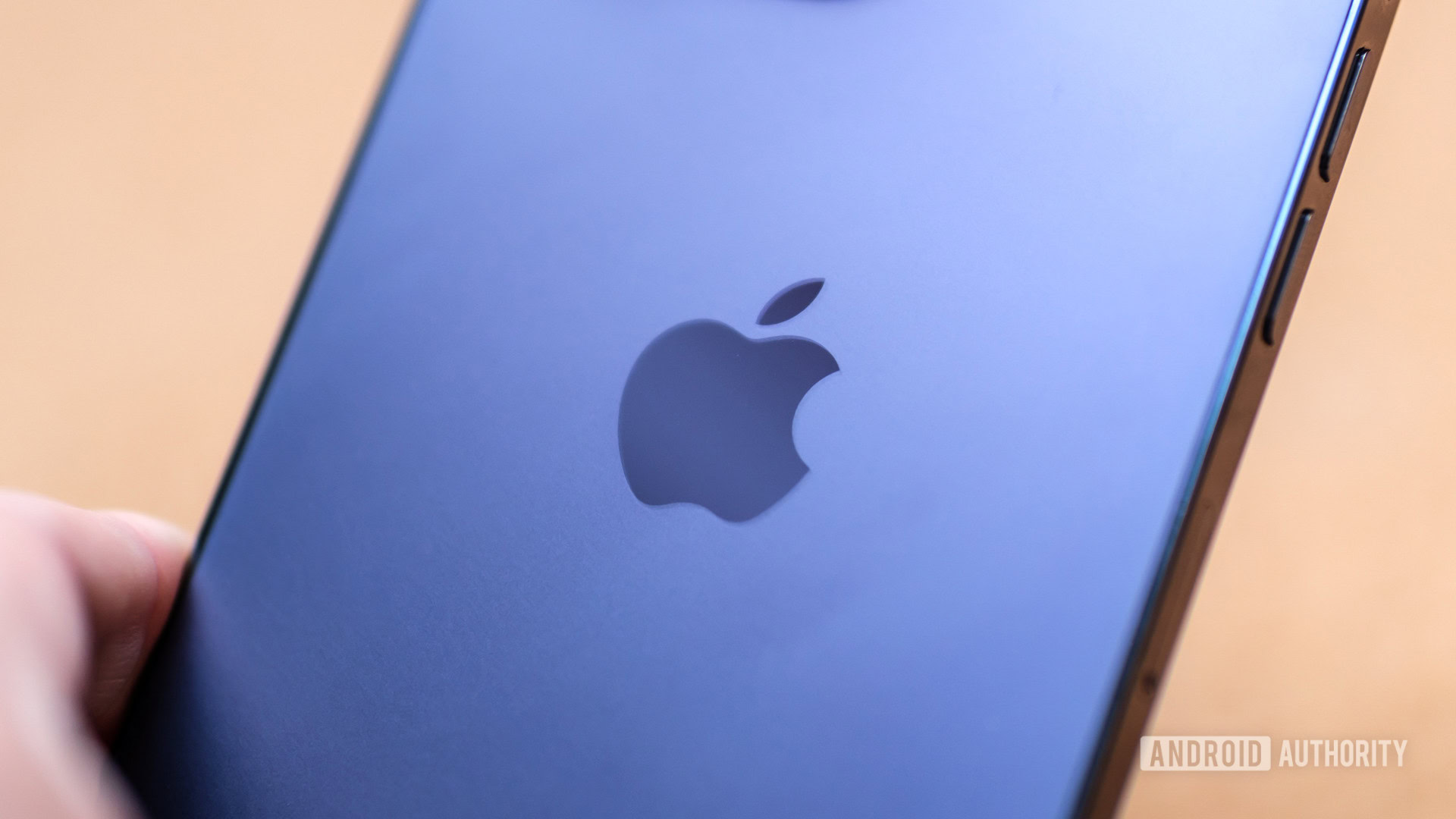
Google retires two smart home products and co-launches two replacements
C. Scott Brown12 hours ago
0

Wondering when your Pixel 9a will arrive? We finally have dates!
C. Scott Brown13 hours ago
0
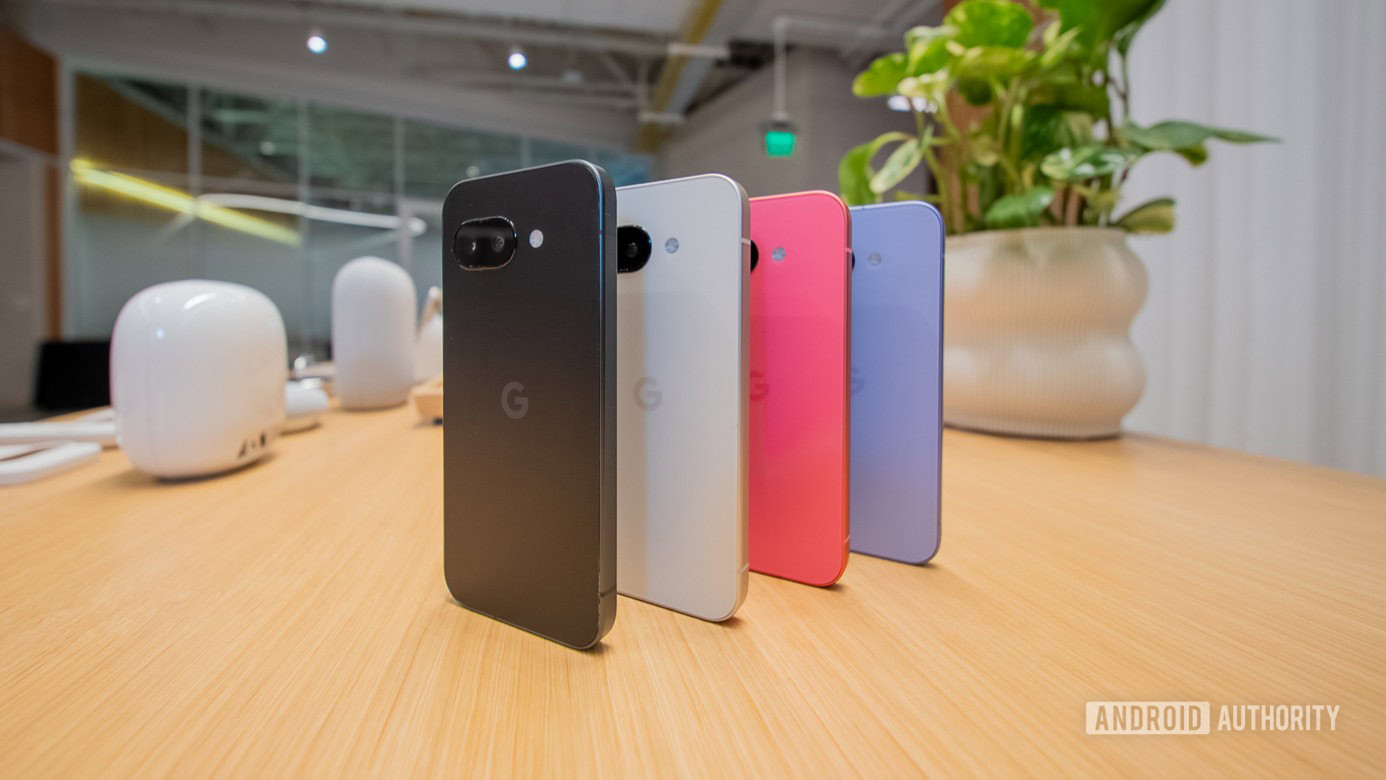
Here's an early look at Samsung's official Galaxy Tab S10 FE accessories
Pranob Mehrotra14 hours ago
0
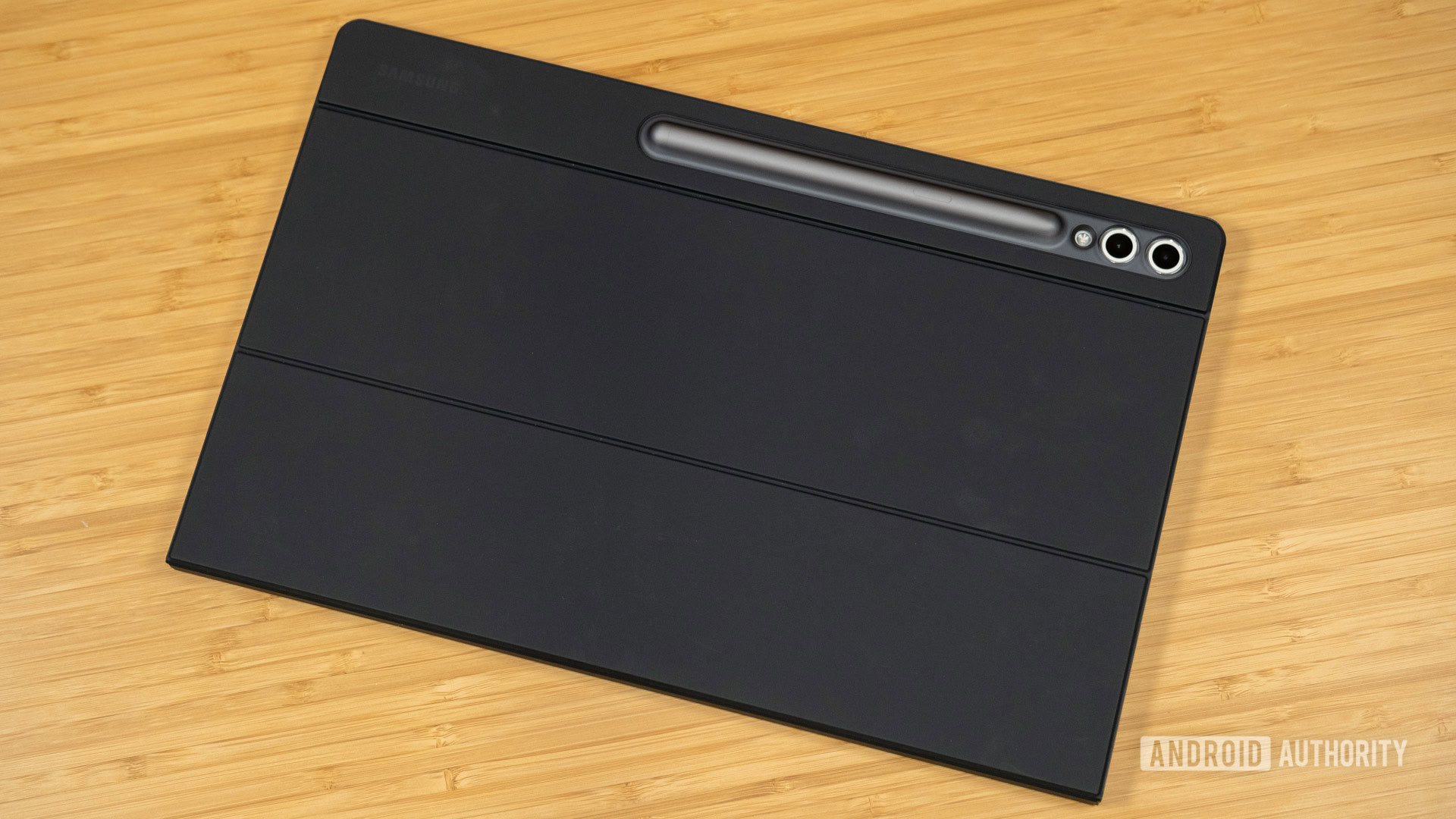
Thought Snapdragon 8 Elite was a monster? Here are the first 8 Elite Gen 2 specs.
Hadlee Simons15 hours ago
0
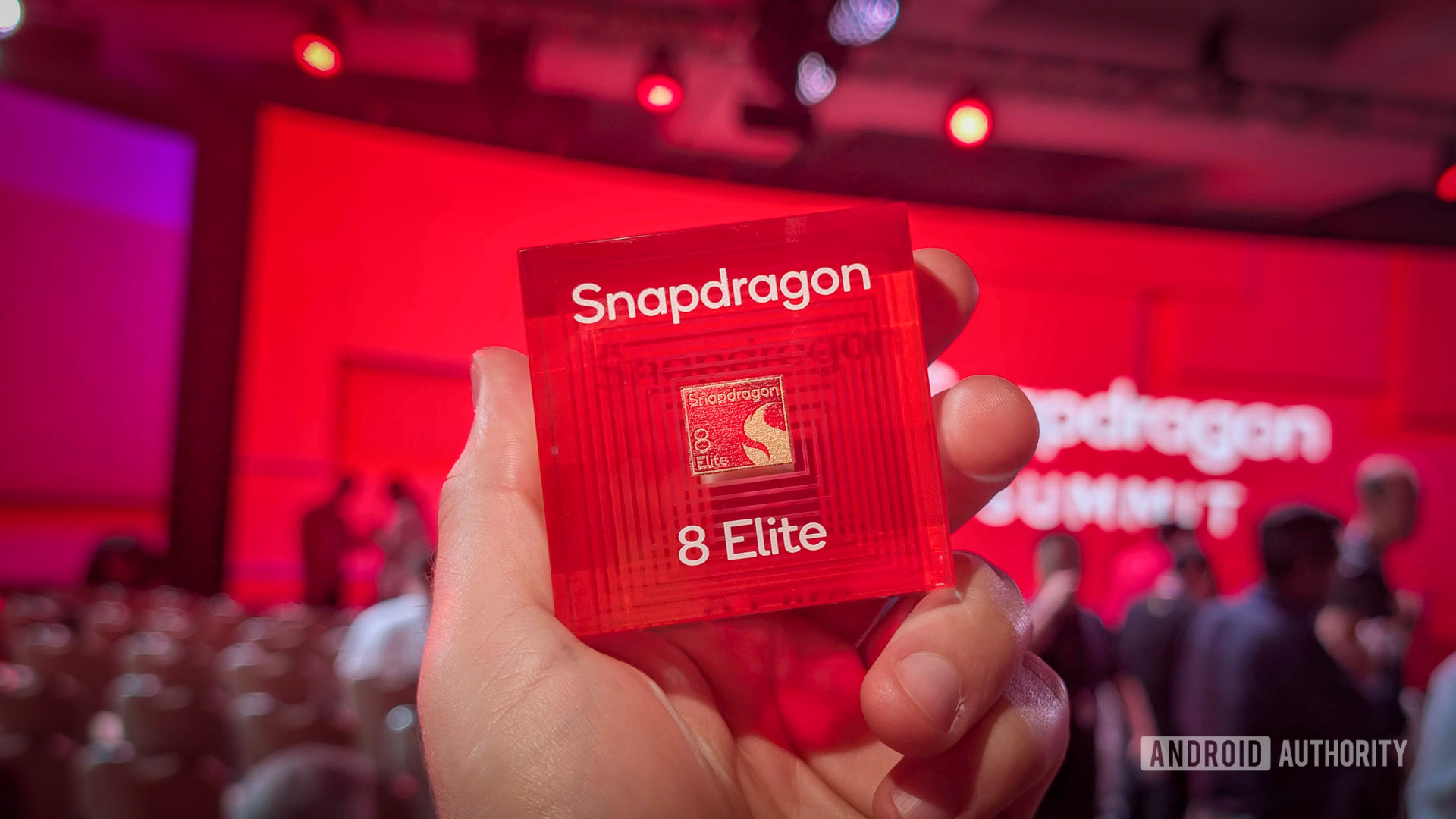
This new minimalist phone costs as much as the Galaxy S25
Pranob Mehrotra16 hours ago
0

Creator of new Pebble OS watches reveals info about color options, design quirks, and more
Matt Horne16 hours ago
0
